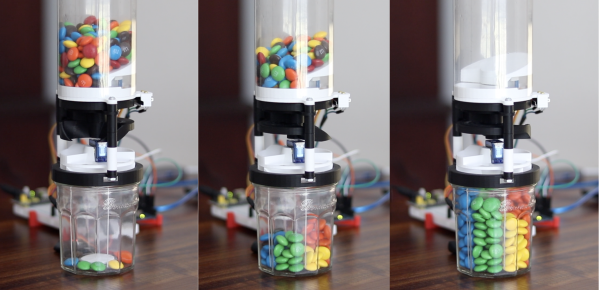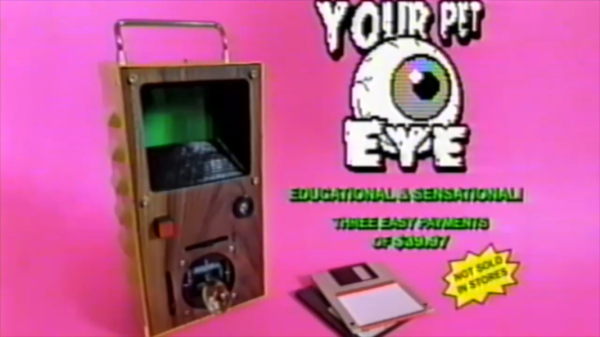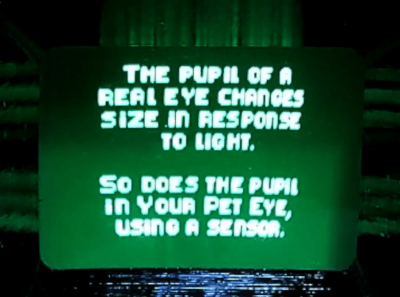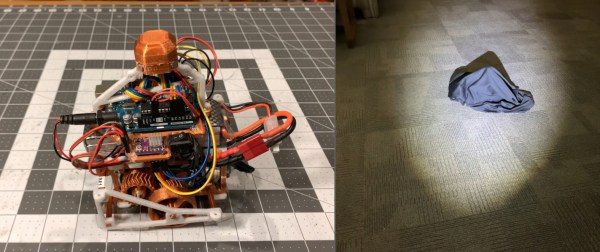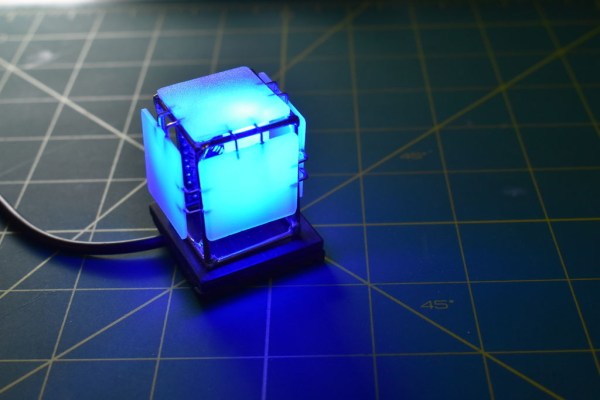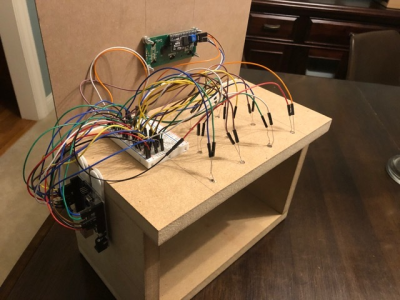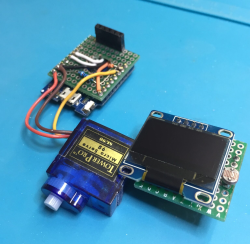Remember fax machines? They used to be all the rage, and to be honest it was pretty cool to be able to send images back and forth over telephone lines. By the early 2000s, pretty much everyone had some kind of fax capability, whether thanks to a dedicated fax machine, a fax modem, or an all-in-one printer. But then along came the smartphone that allowed you to snap a picture of a document and send it by email or text, and along with the decrease in landline subscriptions, facsimile has pretty much become a technological dead end.
But long before fax machines became commonplace, there was a period during which sending images by wire was a very big deal indeed. So much so that General Motors produced “Spot News,” a short film to demonstrate how newspapers leveraged telephone technology to send photographs from the field. The film is very much of the “March of Progress” genre, and seems to be something that would have been included along with the newsreels and Looney Tunes between the double feature films. It shows a fictional newsroom in The Big City, where a cub reporter gets a hot tip about an airplane stunt about to be attempted out in the sticks. The editor doesn’t want to miss out on a scoop, so he sends a photographer and a reporter to the remote location to cover the stunt, along with a technology-packed photographic field car. Continue reading “Retrotechtacular: Putting Pictures On The Wire In The 1930s”


